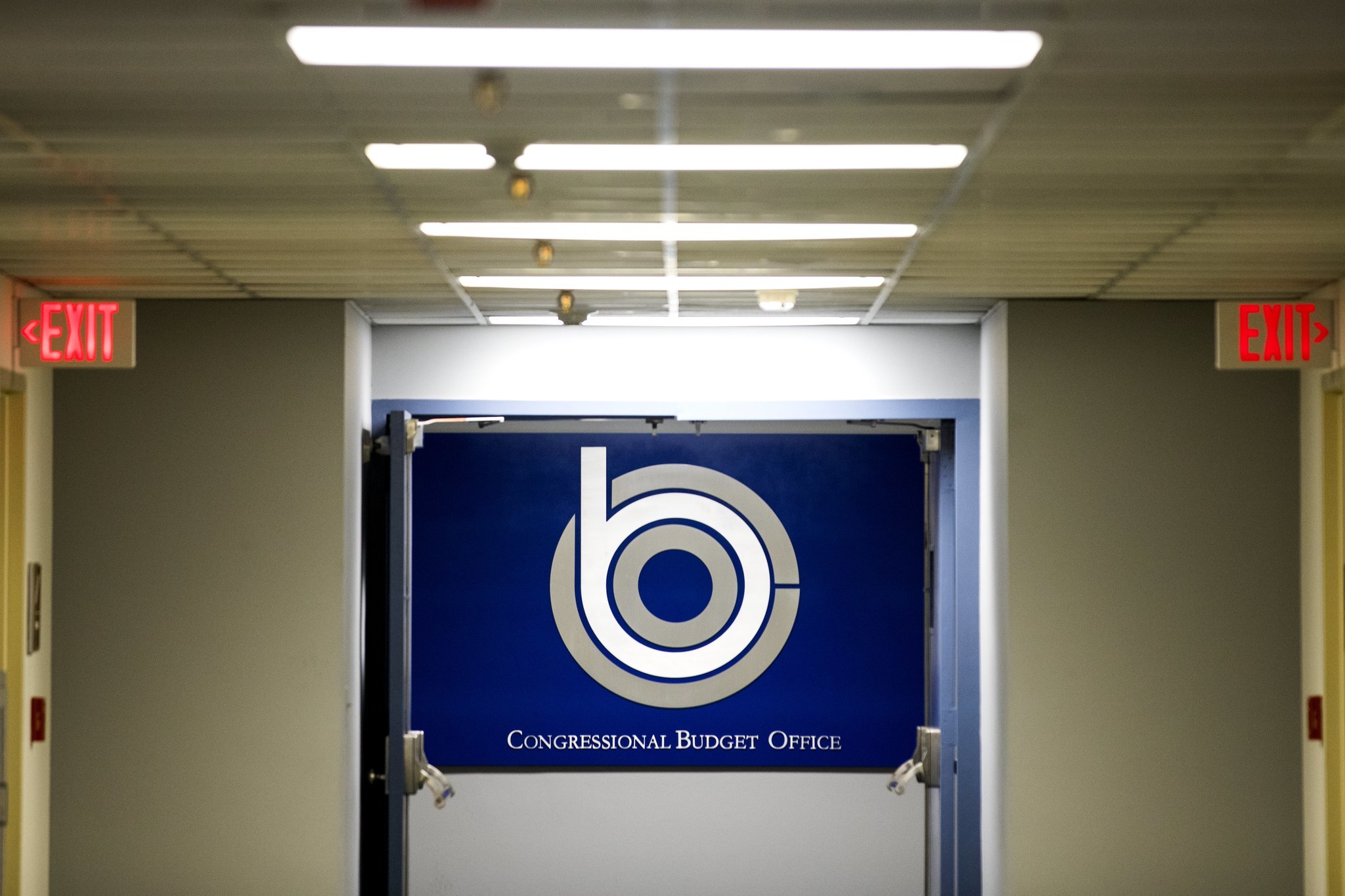Trade deficit with the United States would worsen in the near term because of decline in the US savings rate caused by tax cuts, said Barry Eichengreen, professor of economics and political science at the University of California, Berkeley on Monday.
Speaking on the sidelines of a seminar on “The Economic Consequences of Trump,” Eichengreen said, “People are paying less taxes and buying more,” Xinhua reported.
The US recently posted $50.1 billion of trade deficit in goods and services in July, the highest level since February.
Monthly averaged trade deficit with the US would further rise to $55 billion in the fourth quarter of 2018 and stay at $53 billion in 2020 after a decline in 2019, according to forecasts by Trading Economics.
US trade deficit is likely to grow 5-6% in 2018 as growth in Europe shows signs of modest slowing down and China is importing less major categories from the US amid trade tensions, according to Glenn Somerville with publisher of business forecast Kiplinger.
US trade deficit expanded 12% to $566 billion in 2017 and personal savings rate was averaged 6.7% in 2016 and 2017 with 8.8% of savings rate at 8.8% in 2012.
Meanwhile, the 2018’s budget deficit currently rises Himalayan-high to $895 billion—a 39% increase over last year, Bullionvault reported.
The congressional budget office announced in April that the budget deficit would exceed $1 trillion in 2020. But CBO now estimates the deficit will top $1 trillion in 2019...one year ahead of schedule.
Brian Maher of Daily Reckoning said: “The reason, simple as snow and as obvious as the nose on a man’s face:
- The United States government lays out far more money than it hauls aboard.
- The republic demands its bread...circuses...its gladiator combats. But it prefers to buy on credit.
- “Defense” spending—up 10% on the year...
- Social Security outlays—up 5%...
- Medicare—up 7%.
- Overall federal spending has increased 7% this fiscal year...while tax revenues have increased only 1%.
- To the business one must add a 25% increase in net interest on the public debt.”
The economic men in practice at Washington assured us the Trump tax cuts would “pay for themselves” through higher growth.
Treasury Secretary Steve Mnuchin–for example–assured us, “The plan will pay for itself with growth.”
President Donald Trump’s senior economic adviser, Larry Kudlow, is a swell enough fellow who is nonetheless trapped in 1981...like a fly trapped in amber. He argues that “Even the CBO numbers show now that the entire $1.5 trillion tax cut is virtually paid for by higher revenues and better nominal GDP.”
But if outlays are up 7% while revenues are up 1%...how is the entire $1.5 trillion tax cut being paid for by higher revenues and better nominal GDP?


